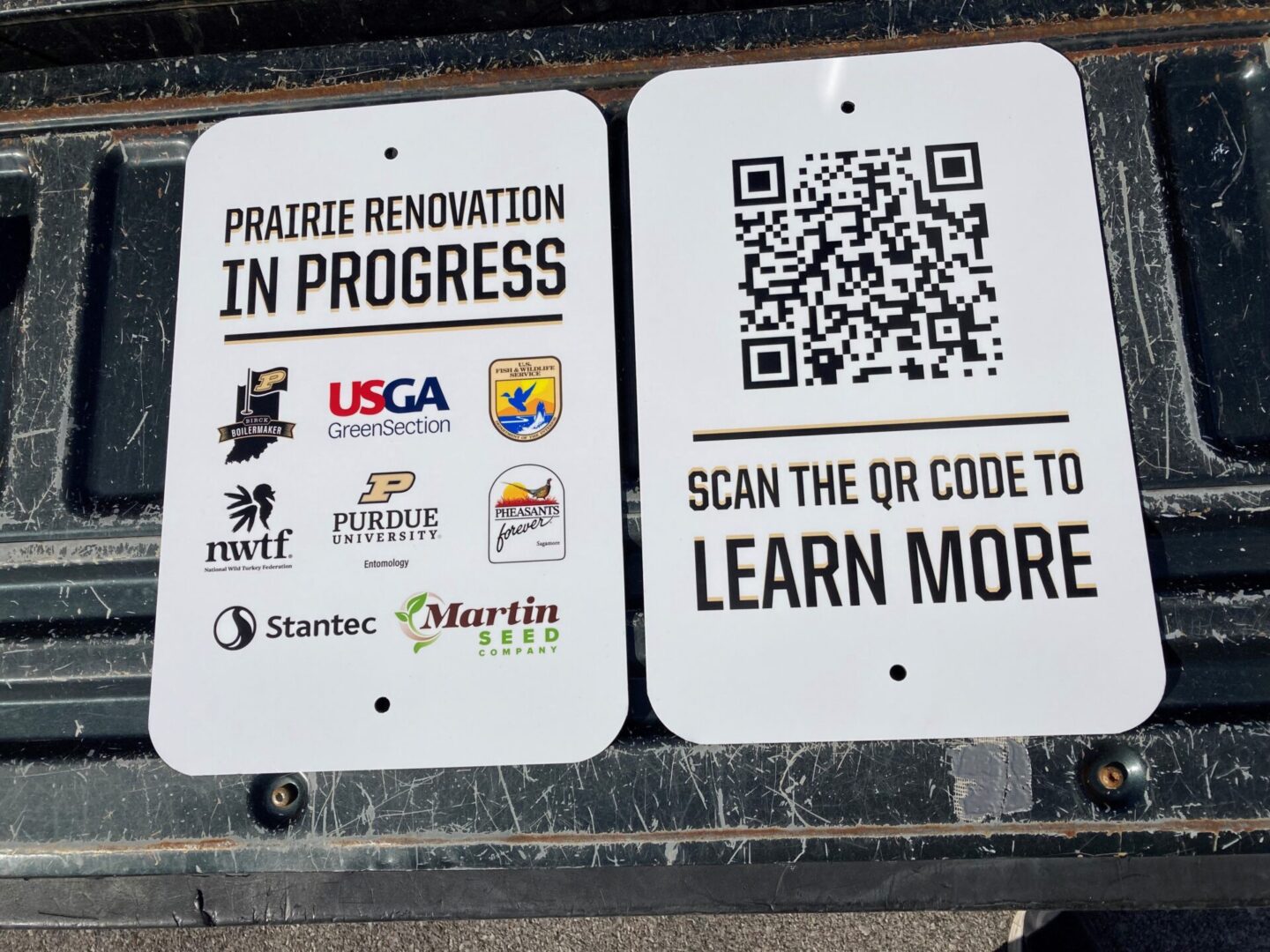Doug Richmond
Professor and Extension Specialist
Entomology Department
My applied research and extension program serves Indiana’s professional turfgrass industry. This industry encompasses a large and diverse clientele group that includes golf courses, lawn & landscape businesses, sod producers, parks, athletic fields, product manufacturers, and distributors. I try to use my extension appointment as a listening tool to develop applied research projects that benefit the turfgrass industry. So, I think of my extension program as a conduit for translating findings of my applied research program into practical solutions that support insect management decisions while helping practitioners minimize the economic and ecological footprint of managed turfgrass. With this in mind, the turfgrass entomology extension program is designed to engage stakeholders and meet their needs through a variety of programming.

More than 500 turfgrass professionals attend the Purdue Turf and Landscape field day each year where I get to share information about turfgrass insects. Photo credit Doug Richmond.
The most visible programs I participate in annually are the Indiana Green Expo, Purdue Turf & Landscape Field Day, and Purdue Turf & Landscape Seminar, but I also enjoy delivering content at other venues across the state, region and internationally. I use these venues to help stakeholders understand basic aspects of insect biology and how they can leverage that understanding to develop safe, effective, economically and environmentally sustainable Integrated Pest Management programs. Not surprisingly, the impacts of climate change on insect pest populations and the durability of traditional management approaches are at the forefront of turf managers minds, and I’ve developed a repertoire of in-person extension programming to help frame and address their concerns. In addition to live and virtual educational events, all of this information is accessible through a series of websites and bulletins, online training and certification opportunities, a mobile app, and timely social media releases.

Signage installed on the Kampen-Cosler golf course at Purdue notifying golfers about the prairie renovation project. Photo credit Doug Richmond.
Most recently, may lab has undertaken a project to address growing interest in the establishment of pollinator conservation areas on golf courses. We’ve partnered with the United States Golf Association, U.S. Fish and Wildlife Service, Birck Boilermaker Golf Complex, National Wild Turkey Federation, Pheasants Forever, Stantec Native Plant Nursery, and Martin Seed Company to develop a road map to help guide installation efforts and delineate expectated outcomes for golf course staff interested in undertaking such conservation efforts. With the help of some very experienced people, we’ve renovated 6.5 acres of the Kampen-Cosler course with the long-term goal of understanding the economic, aesthetic and ecological outcomes stemming from the establishment of native, prairie vegetation. But, in this initial phase, the Kampen Prairie project aims to characterize the effects of seeding time and seeding method on resulting plant and pollinator communities.
As a faculty member, I also use my extension appointment as an avenue for training graduate students to become the next generation of academic extension specialists. I do this by challenging them to participate in extension programs by contributing presentations and posters, and by preparing extension materials. Because of the strong support structure and emphasis on integration among mission areas within the College of Agriculture, I’ve also been able to leverage applied research and extension projects into undergraduate instructional opportunities for students enrolled in ENTM 40100 and for Capstone students working in my lab. It’s particularly rewarding to be able to serve all three of the land grant missions in this way – with Extension as the centerpiece.

